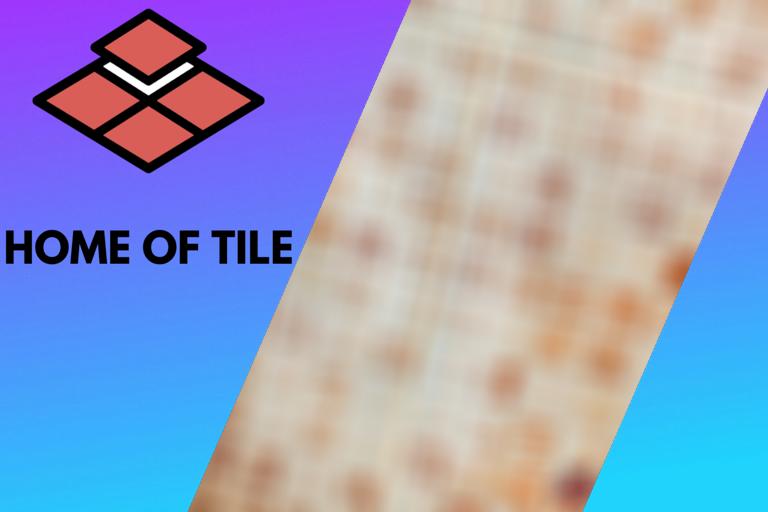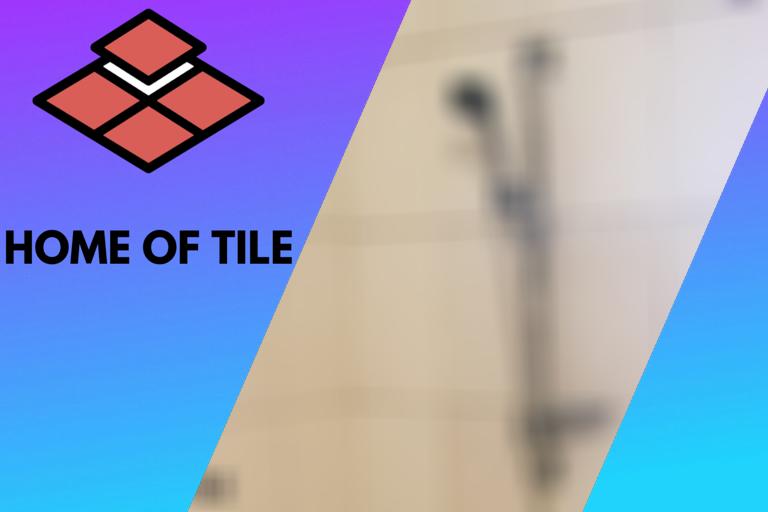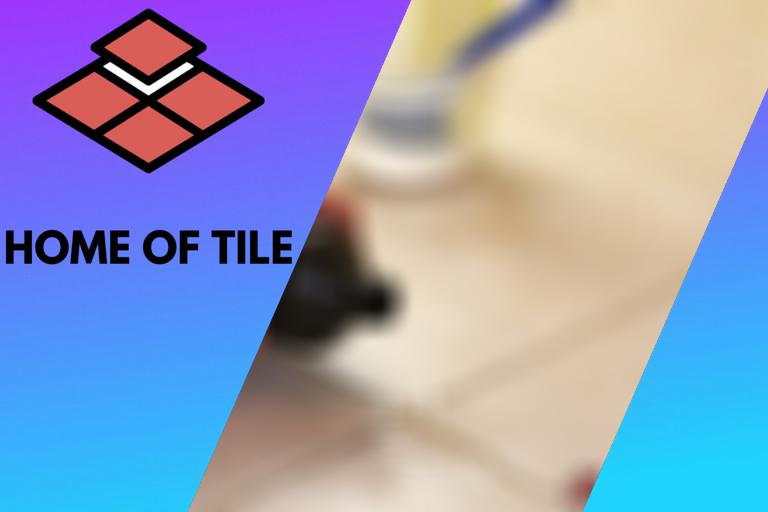How To Clean Old Grout? What professionals say
Is there anything worse than having to spend hours on your knees cleaning old grout? This is especially tiring when all those store-bought cleaners don’t work and only make you dizzy. Lucky for you, here are some harmless homemade solutions that’ll clean old grout.
You can clean old grout by using a mixture of baking soda, hydrogen peroxide, and dish soap. Apply this simple, quick, and inexpensive mixture to old grout and let it sit for 10 minutes. After that, rub the mixture with a toothbrush and clean it with a mop.

If you want to know more about this amazing yet simple solution, keep reading to learn the exact measurements you’ll need and the best way to apply the mixture. Follow these simple steps to restore your grout to that time when it was clean and beautiful.
Contents
- 1 Step 1: Prepare the Grout for Cleaning
- 2 Step 2: Mix Baking Soda, Hydrogen Peroxide, and Dish Soap
- 3 Step 3: Pour the Mixture Onto the Old Grout
- 4 Step 4: Optional: Get an Old Toothbrush for Rubbing
- 5 Step 5: Wait for 10 Minutes
- 6 Step 6: Remove the Mixture and Clean the Grout
- 7 Step 7: Optional: Use Grout Sealers To Protect Your Grout
- 8 Final Thoughts
Step 1: Prepare the Grout for Cleaning
Before making the solution for old grout, you should always prepare the area you’re about to clean. The reason is that dust that’s recently settled and other dirty spots can be cleaned with some water. That way, you’re only leaving the old grout that can’t be cleaned exposed.
So, how do you prepare an area for cleaning, you ask? Well, you can use water and an old towel you won’t be using anymore.
Soak the towel in water and wring it out to remove excess water. Then, place the damp towel on the tiles. All that’s left now is to mop the floor to remove the dirt that can be removed. Let the tiles and grout dry a bit before proceeding with the mixture.
Step 2: Mix Baking Soda, Hydrogen Peroxide, and Dish Soap
Now that your tiles and grout are cleaned, you’re ready for step 2: preparing the mixture for the old and dirty grout.
For this solution, you’ll need:
- Half a cup of baking soda.
- A quarter of a cup of hydrogen peroxide.
- Few drops of dish soap.
Add a small amount of hydrogen peroxide to half a cup of baking soda; you don’t need more than a quarter of a cup. Mix those two things together with a wooden stick or an old spoon that’s lying around unused. Then, add just a few drops of dish soap to the mixture, and mix that again to combine everything. There you have it; your mixture’s ready!
Remember that the amounts of ingredients mentioned here are for a small area, so you’ll need to calculate everything for the size of your cleaning area or make more of it following these measurements.
Why These Ingredients?
Baking soda is great for cleaning all kinds of stuff, grout included. That’s because it’s an alkali, which is one of the safest and most effective chemicals for cleaning old grout.
Hydrogen peroxide has the same effect as bleach, but it’s much safer for humans and nature. If you have black grout, then be careful since the overuse of hydrogen peroxide can discolor the grout. Also, I recommend wearing rubber gloves just to be safe.
Dish soap will help clean dirt from the grout and stick to any oily grime in the grout.
Step 3: Pour the Mixture Onto the Old Grout
Once the mixture is ready, take it and pour it slowly over the grout that needs cleaning. You’ll notice that the mixture is white and almost pasty in texture. It should look like liquid glue.
The solution should cover the grout completely, so we shouldn’t just put a few drops here and there.
Step 4: Optional: Get an Old Toothbrush for Rubbing
This step is completely optional. I know some of you probably have tiled floors in almost every room, so rubbing every inch with a toothbrush would seem like a crazy thing to do.
Rubbing the grout covered with the solution can help the mixture get into tiny pores in the grout and have a more desired effect, but just pouring the mixture over the old grout will also do an amazing job.
If you choose to use a toothbrush, though, just make sure it’s sturdy with stiff bristles, which will rub the dirt and mold from your old grout much better.
Step 5: Wait for 10 Minutes
Now that you’ve covered your grout with the solution, and after you followed the previous optional step (if you did), leave the mixture to work its magic.
You should wait at least 10 minutes for the solution to have an effect. So, leave that area and maybe prepare a cup of tea in the meantime.
Step 6: Remove the Mixture and Clean the Grout
After 10 minutes of patiently waiting, it’s time to remove the mixture. You can use the towel you used at the beginning of this process in step 1 or a mop-whatever works best for you. The important thing is to wear rubber gloves since we’re working with hydrogen peroxide, even though it’s just a minimal amount.
The mixture should be dirtier and slightly darker in color by now due to all the mold, dust, and dirt it removed from the grout.
First, use the old towel or a mop without water or cleaners to remove the mixture. We don’t want to dilute it and get it all over our tiled floor. Once you clean the mixture and the grout is visible again, then it’s time to clean everything with water.
If you’re using the same towel or mop for cleaning, make sure all the mixture’s gone, we don’t want it reapplied accidentally. The last step (if you’re skipping the next one) is identical to step 1: dampen a towel or a mop with water and clean the floor, so there aren’t any traces of the solution or dirt from the grout.
Step 7: Optional: Use Grout Sealers To Protect Your Grout
Although this step is optional, I highly recommend you don’t skip it. Store-bought grout sealers seal those pores and add a protective layer to your grout. Applying the sealer can prolong your grout’s impeccable state for a really long time.
If you want to use a grout sealer, you should apply it once a year, not every time you want to clean the grout. This is a fairly inexpensive investment for your grout protection, but it doesn’t mean you won’t have to clean it from time to time.
Final Thoughts
If you follow these simple steps about how to clean your old grout, I’m sure you’ll be surprised by the result. Although this solution seems too simple and too good to be true, give it a go and see for yourself.







